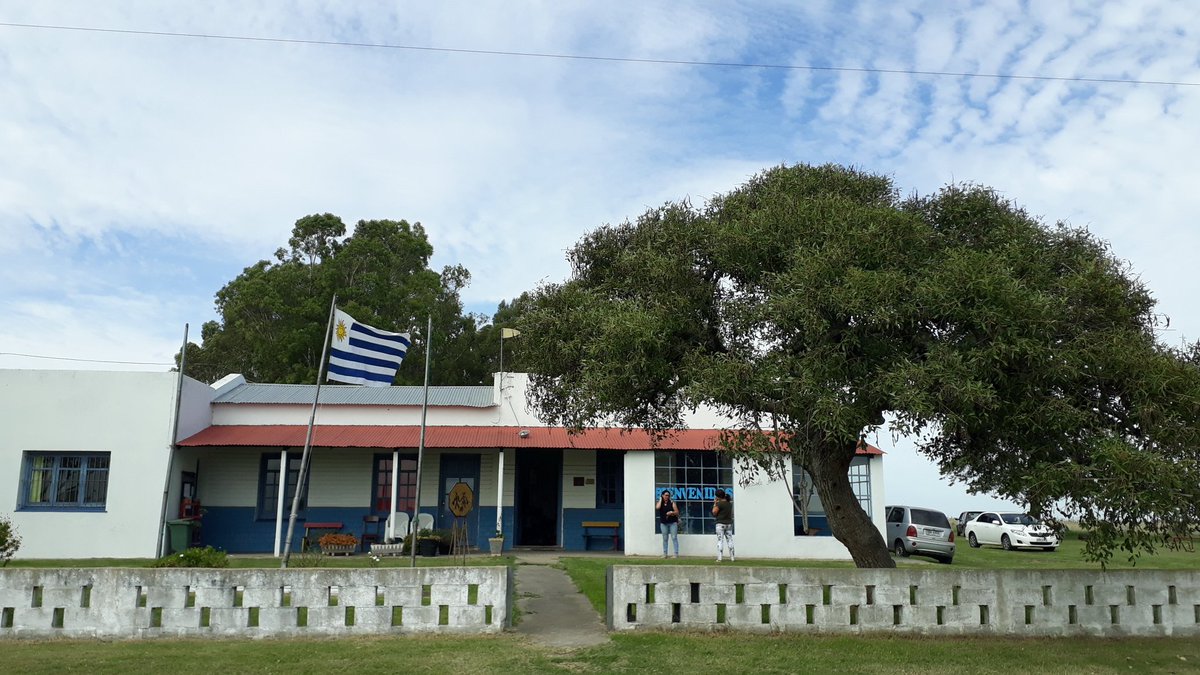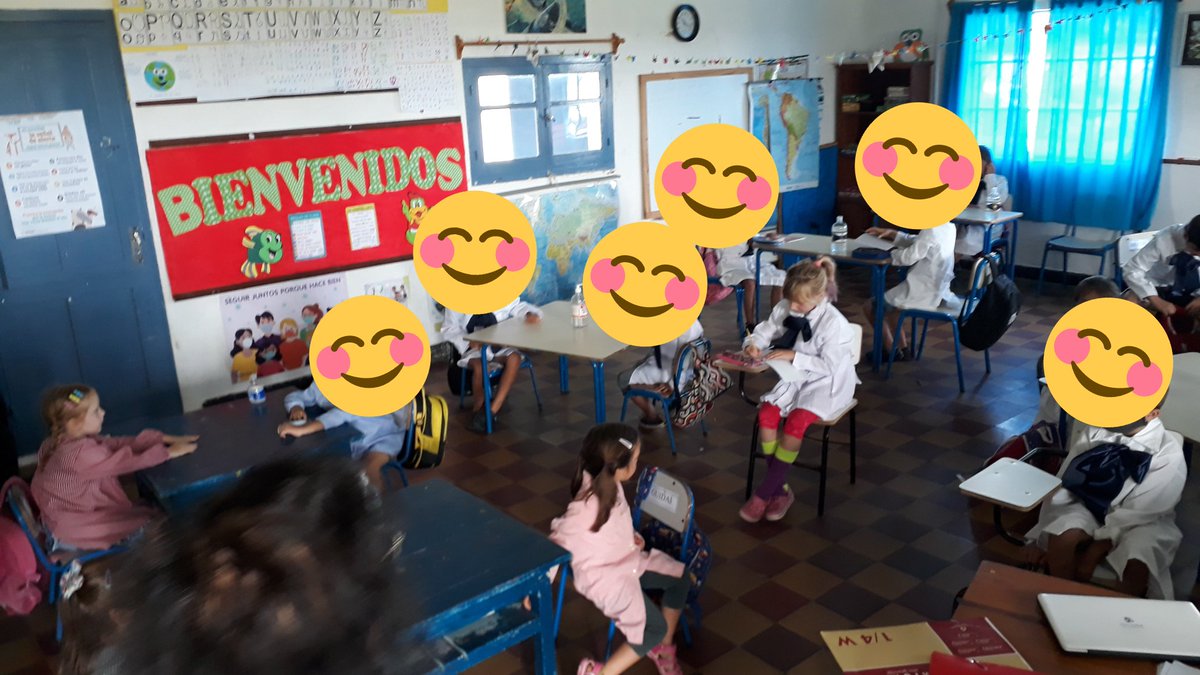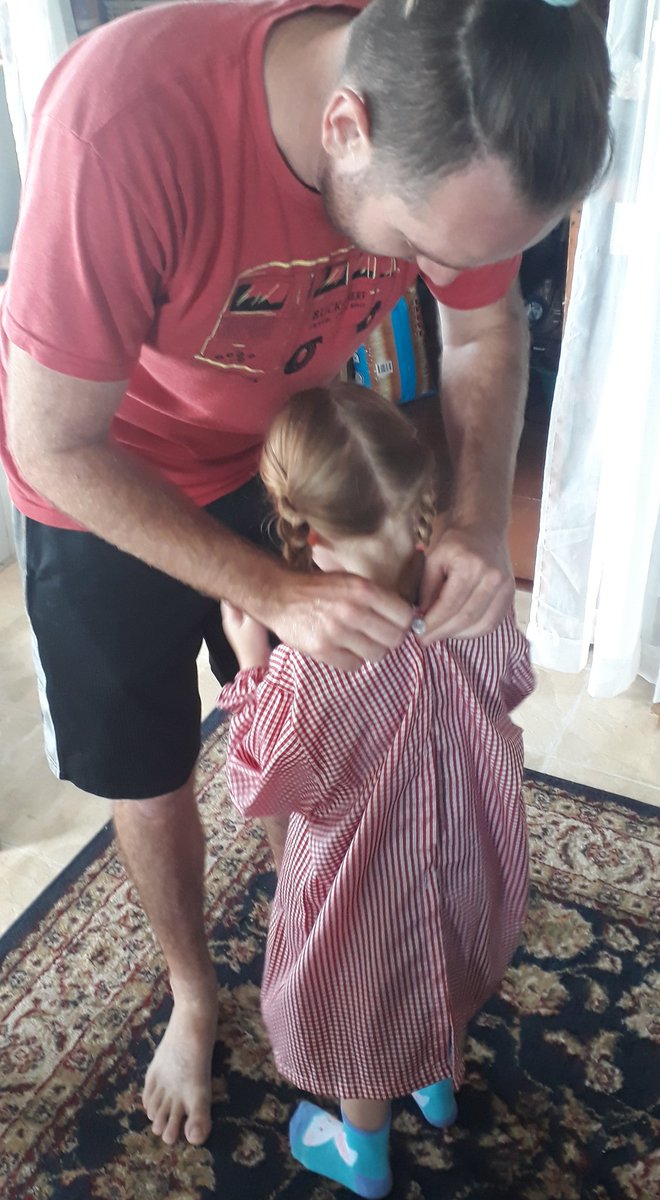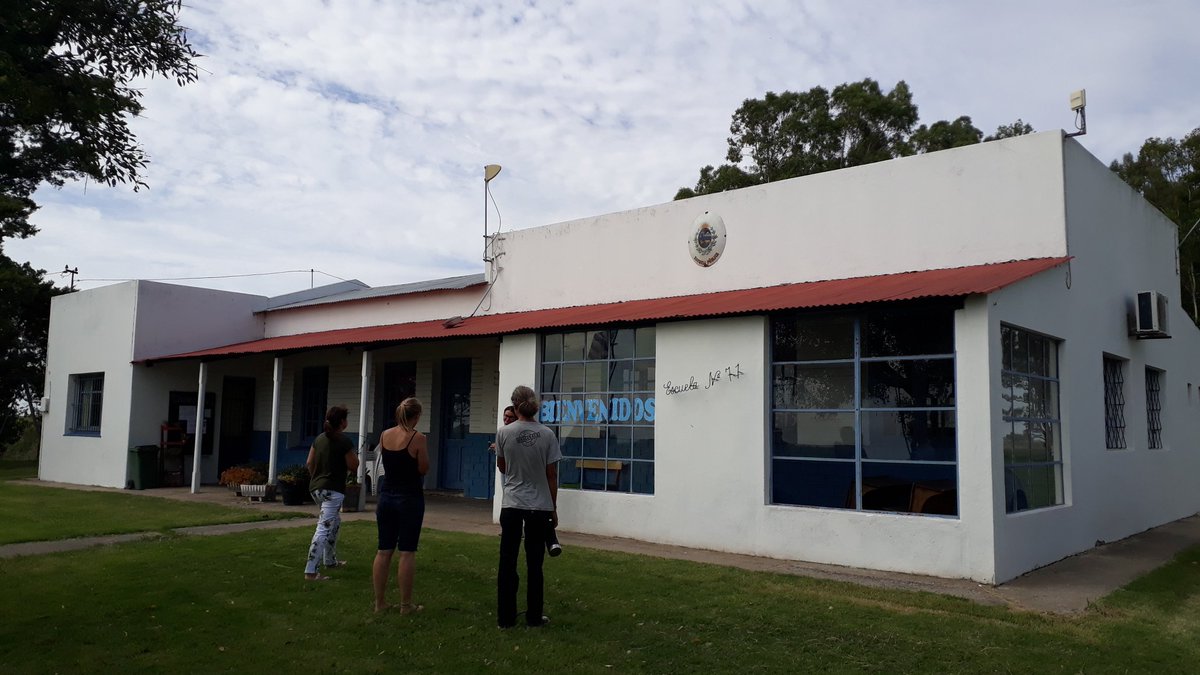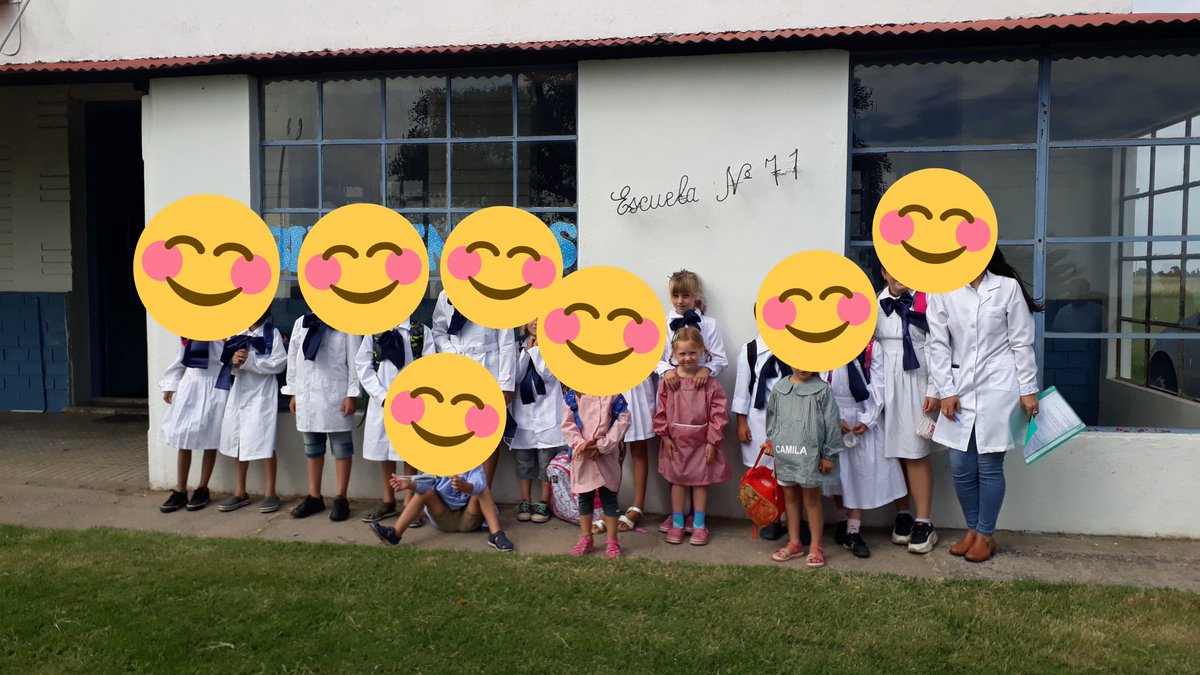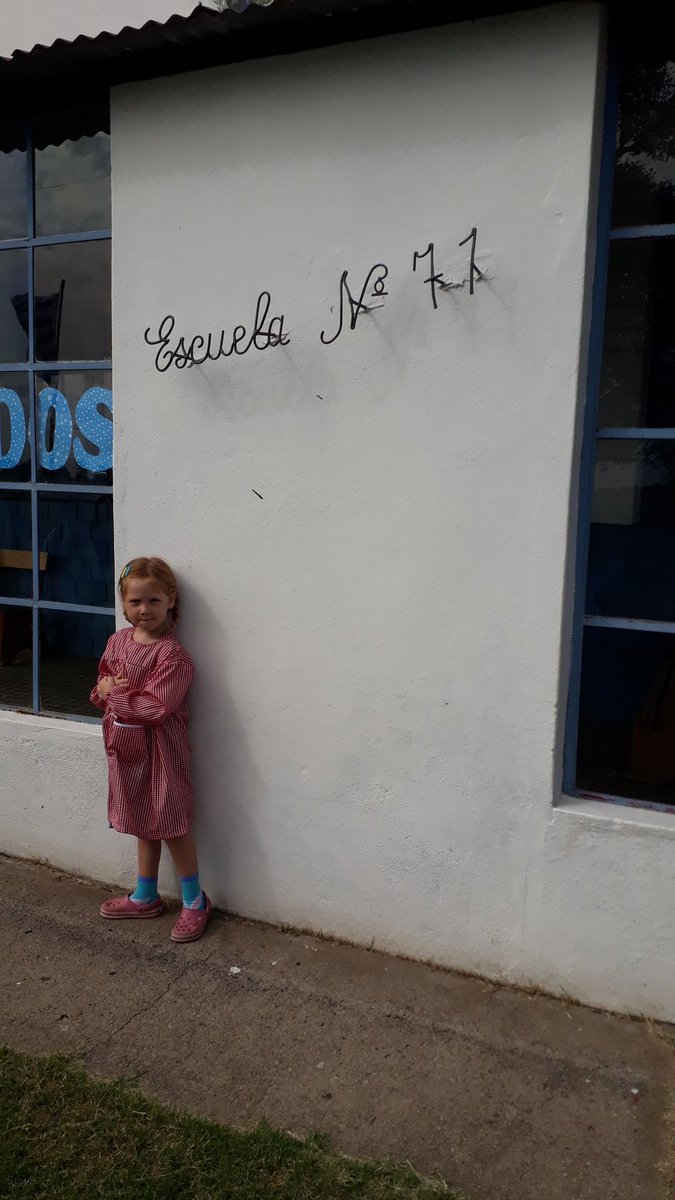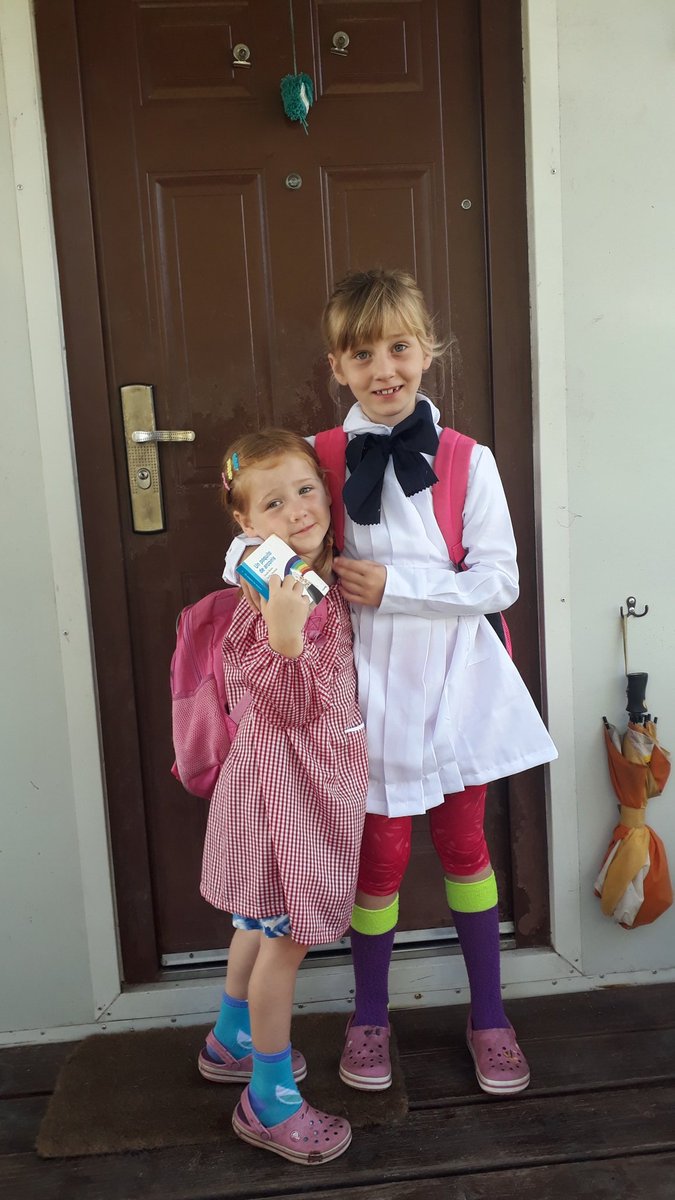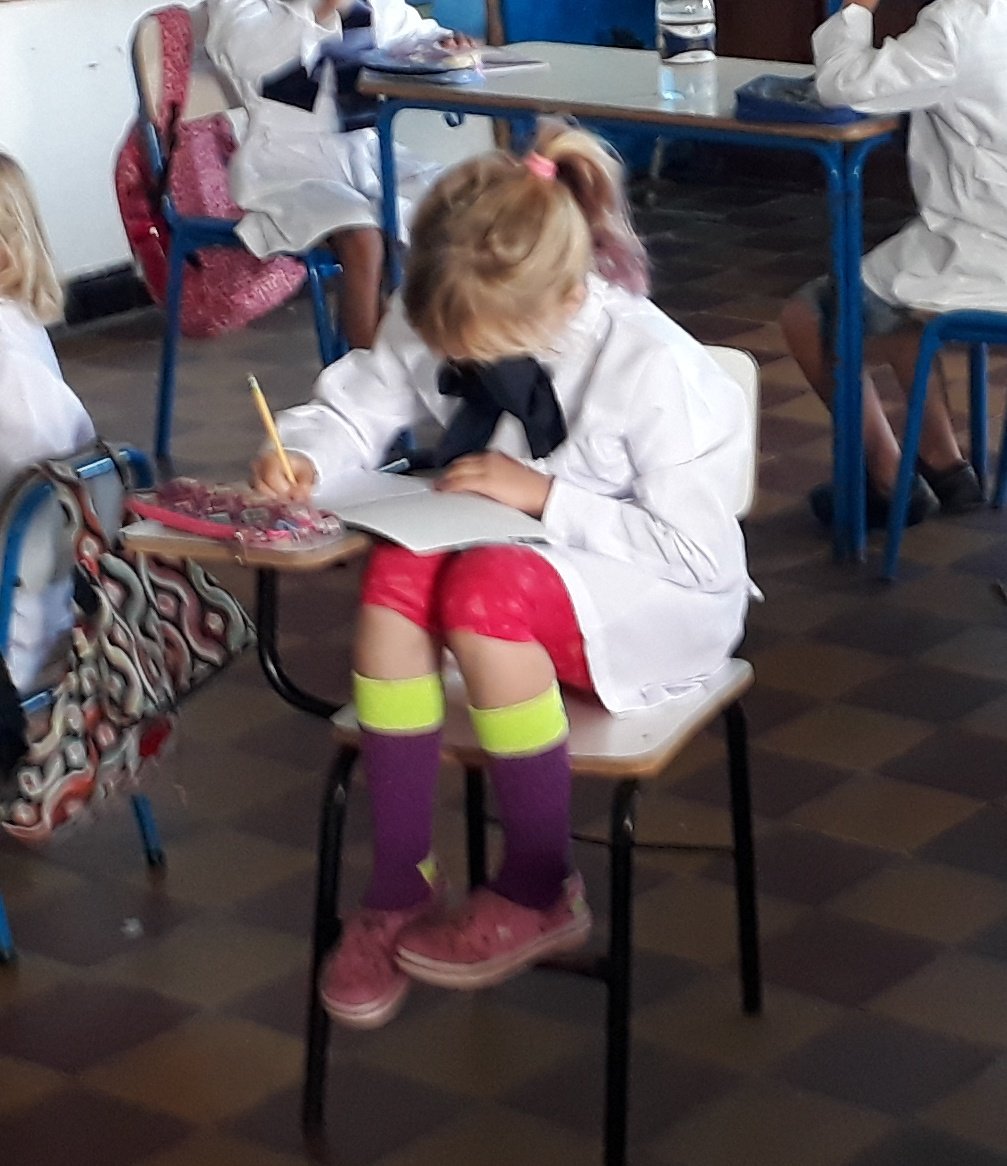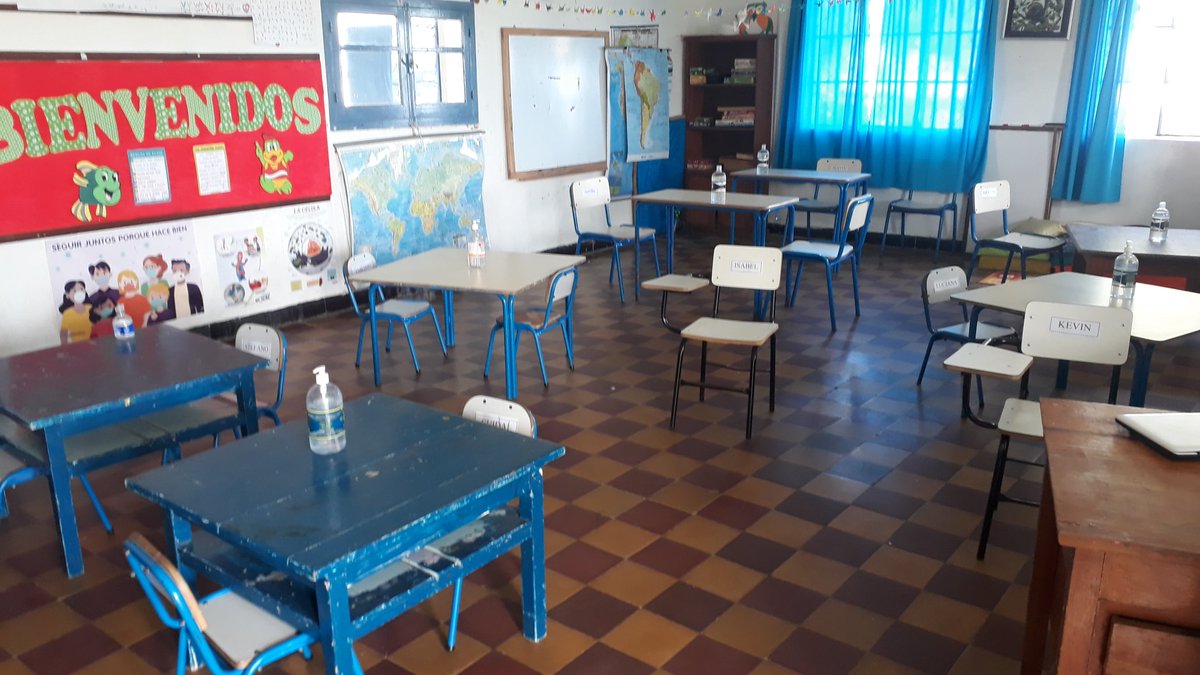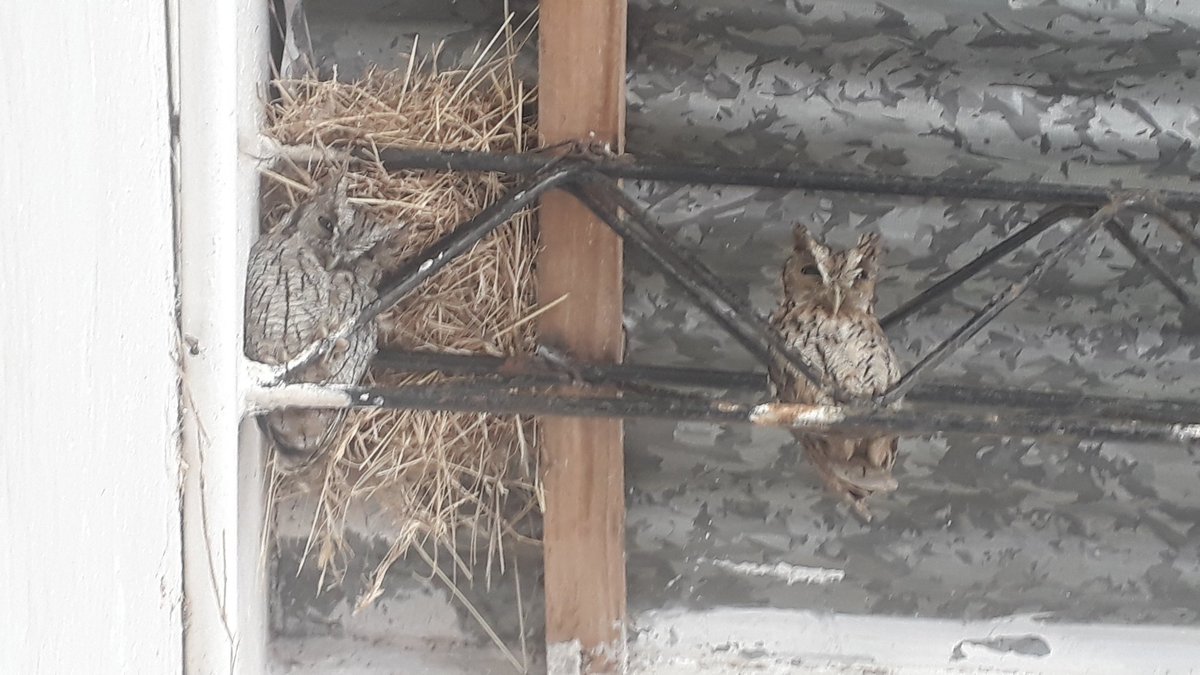First day of school in Uruguay! Let& #39;s talk about rural schools here. This model works quite well and could serve as an example for primary education in certain places.
Some details:
One classroom. 15 kids aged 4 to 11. One teacher and one teaching assistant. School day is 10 am to 3 pm. Lunch is at noon. Kids eat together and learn table manners. Then they all brush teeth and play until 1 pm. There is a garden and an orchard.
One classroom. 15 kids aged 4 to 11. One teacher and one teaching assistant. School day is 10 am to 3 pm. Lunch is at noon. Kids eat together and learn table manners. Then they all brush teeth and play until 1 pm. There is a garden and an orchard.
The school day is not very long. 4 hours of classroom time is enough to focus on a foundation: reading, writing, math, science, history, etc. Kids therefore aren& #39;t expected to sit for many hours. Learning is in short bursts, in line with kids& #39; attention span.
The start time at 10 am works great for us. It allows us to have a relaxed morning where we make a full breakfast and kids can sleep until their bodies tell them to wake. We can finish up any homework in the morning and have time to make sure the backpack is packed.
Then after school we have enough time to focus on other interests, and we do a kind of unschooling at home: following our kids& #39; interests. But this setup only works well in conjunction with a healthy (nonharmful) school environment.
The shorter school day also allows time for after school activities and sports. Our kids have done classes on cooking, art, theater, and will likely join up with sports teams which operate out of sports clubs, not schools.
The rural school is situated on a bit of land and the movement from indoors to outdoors without the fear of cars or control by adults is a really nice feature. The kids make little worlds in the trees, playground, garden, orchard. Each with their own imaginary culture.
Because the rural school is populated by <10 families the teacher is very open to collaboration. Last year we offered to purchase indigenous fruit trees to plant an orchard. The whole school got involved and one parent invited a man who told the histories of these trees.  https://abs.twimg.com/emoji/v2/... draggable="false" alt="🌱" title="Setzling" aria-label="Emoji: Setzling">
https://abs.twimg.com/emoji/v2/... draggable="false" alt="🌱" title="Setzling" aria-label="Emoji: Setzling"> https://abs.twimg.com/emoji/v2/... draggable="false" alt="❤" title="Rotes Herz" aria-label="Emoji: Rotes Herz">
https://abs.twimg.com/emoji/v2/... draggable="false" alt="❤" title="Rotes Herz" aria-label="Emoji: Rotes Herz">
The school is governed by parents and we go to monthly meetings to discuss finances, fundraising, and other initiatives. It is very much noticed if a family is not present and this fosters accountability and connection!
The school budget is insanely small in comparison to US schools, which means we have to collaborate. Read: parents have to take turns cutting the grass! Takes 4-5 hours of work. Really shows how you can run a school on a shoestring with certain cooperative structures.
The federal government does offer a few really fabulous programs, however, like every kid gets a tablet in 1st grade and a laptop in 5th. Teaching kids connectivity is key, but they make sure to emphasize *how* to use tech well.
The multi age group of kids has lots of benefits, chief among them that it feels like one big family. Siblings stay together. Older kids help younger kids and learn thru teaching. Kids learn to socialize across age groups.
This also means the process for starting school is very gentle. My middle daughter had her first day today. No tears! For the past 3 years she has been going to school meetings. She knows everyone and feels very familiar with the school. She was giving tons of hugs today.
This is more a cultural thing, but affection is very common. Kids hug and kiss on the cheek. Kids sit in the teacher& #39;s lap. It adds to the familial feeling.
The multi ages and small teacher to student ratio means teachers can group students for work according to interest and ability, not arbitrarily by age. Last year my older daughter just started doing second grade work while she was in first because the teacher saw she could.
Oh! And sometimes the teacher or assistant lives *in* a part of the school, and even has pets. Which makes it feel even more like home away from home as these little dogs are like playing with kids during recess. Very relaxed and informal.
There is a lot to learn from these traditional setups that have been in place for a century. Some in Uruguay think of these rural schools as & #39;backward& #39; and fetishize the US model of & #39;rigor& #39; through lots of rules and time sitting at desks.
I say, at least at the primary level, the goal is to learn that society is a soft place for you to flourish in. More than anything it teaches a feeling: the cohesion of the social fabric. That individual and group thriving is beneficial for all.
What better foundation for life is there than the feeling that your individual life is embedded in the lives of those around you? That & #39;social skills& #39; in this context is deeply understanding that your individual interests matter, but so does helping others pursue theirs.
Viva Uruguay!
@Jeffrey_Howard_ and @scratchyjohnson the thread I promised you!

 Read on Twitter
Read on Twitter